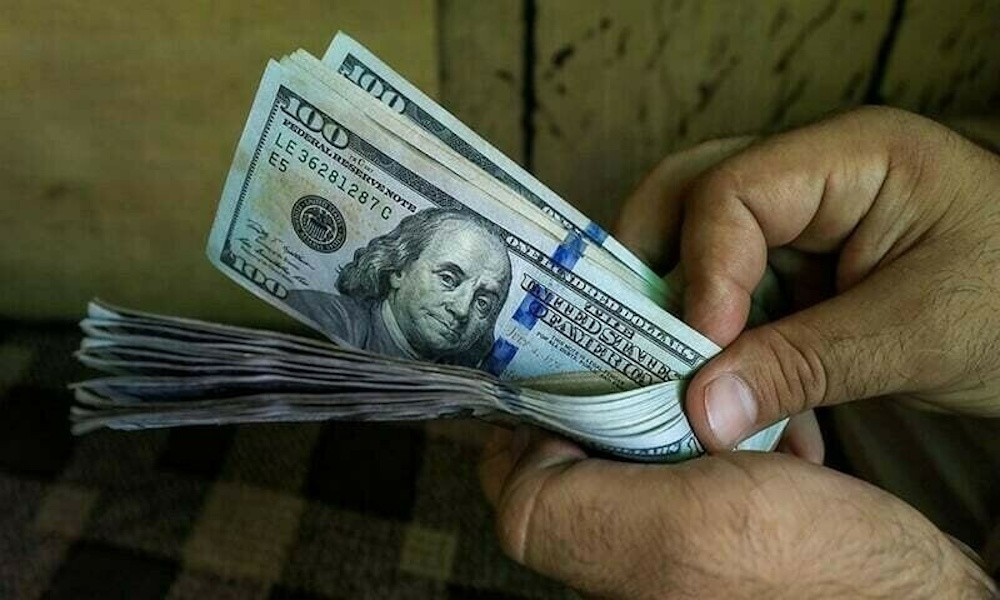
On Thursday, global equity markets reached a new peak, fueled by a continuing bull market. At the same time, the U.S. dollar gained strength against key currencies after reports indicated a decline in the number of Americans filing new claims for unemployment benefits last week. The pound saw a slight drop after the Bank of England opted to keep interest rates unchanged.
The major indices all achieved record closing highs. Intel experienced a significant increase of over 22% following Nvidia’s announcement of a $5 billion investment in the underperforming U.S. chipmaker. Nvidia saw a 3.5% rise by the end of the trading day. The Dow Jones Industrial Average increased by 0.27%, reaching 46,142.42. The S&P 500 saw a rise of 0.48%, closing at 6,631.96, while the Nasdaq Composite experienced an advancement of 0.94%, finishing at 22,470.73. The small-cap Russell 2000 index saw an increase, hitting an intraday record high for the first time since November. The pan-European STOXX 600 index experienced an increase of 0.8%. MSCI’s gauge of stocks across the globe reached a peak of 981.65, surpassing the record set in the previous session. The last recorded value showed an increase of 0.29%, reaching 979.18. The Fed lowered rates by 25 basis points on Wednesday, and its closely watched “dot plot” suggested two more rate cuts in the last two meetings of this year, with just one more decrease expected in 2026. “The market seems to be nearing a point where everything is expected to be flawless, and the recent decline in jobs raises some concerns.” Sandy Villere stated, “This, I believe, influenced Fed Chair Jerome Powell’s decision to implement a cut yesterday and indicate his commitment to remaining data dependent.”
“The economy overall, considering the declining job figures and inflation, has somewhat stabilized – although one can never contend with the Fed and decreasing rates, which I believe contributed to the market’s uptick today with some continuation,” Villere stated. The yield on benchmark U.S. 10-year notes rose by 3.2 basis points, hitting 4.108%. The Bank of England made a decision with a 7-2 vote to keep interest rates at 4%, while also lowering the annual rate of gilt sales from 100 billion pounds to 70 billion pounds, in line with economists’ expectations.
Intel experienced its largest daily surge since October 1987, jumping almost 23% after Nvidia revealed a $5 billion investment in the struggling U.S. chipmaker. The dollar saw an increase of 0.52% to 0.793 versus the Swiss franc and rose by 0.67% to 147.95 against the Japanese yen. Recent data shows a decrease in the number of Americans filing new applications for unemployment benefits last week. However, the labor market has shown signs of weakening, with both the demand for and supply of workers declining. The euro fell by 0.23%, ending at $1.1785, while the sterling dropped by 0.56%, landing at $1.355.
The dollar index saw an increase of 0.43%, now standing at 97.37. Norway’s central bank has lowered its policy interest rate by 25 basis points to 4.0%, in line with market expectations. The bank expressed plans to make additional reductions over the coming year, though these will be smaller than previously expected. The Norwegian krone remains near a three-year high. Germany’s parliament has approved the country’s first annual budget after enacting major reforms designed to ease fiscal regulations earlier this year. In France, hundreds of thousands took part in protests against austerity, who are calling on President Emmanuel Macron and his new Prime Minister Sebastien Lecornu to acknowledge their dissatisfaction and halt upcoming budget reductions.
The yield on German 10-year Bunds, which acts as the benchmark for the euro zone bloc, rose by 1.2 basis points to hit 2.727%. Oil prices saw a drop. Brent crude futures fell by 0.8%, ending at $67.44 per barrel, while U.S. West Texas Intermediate crude also dropped by 0.8%, closing at $63.57. Gold prices have taken a break following their peak levels. Spot gold saw a decline of 0.38%, closing at $3,645.89 per ounce.
